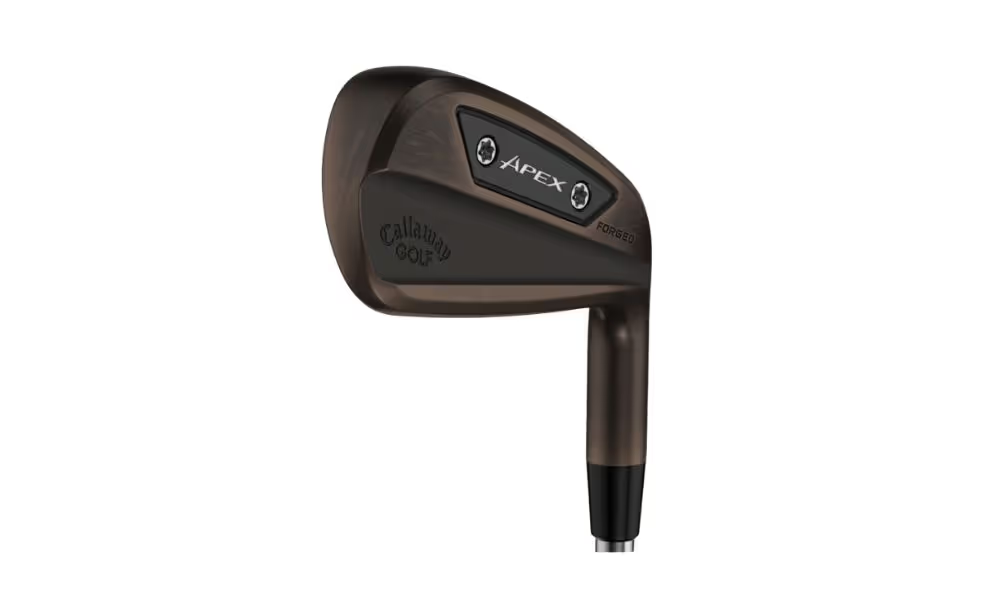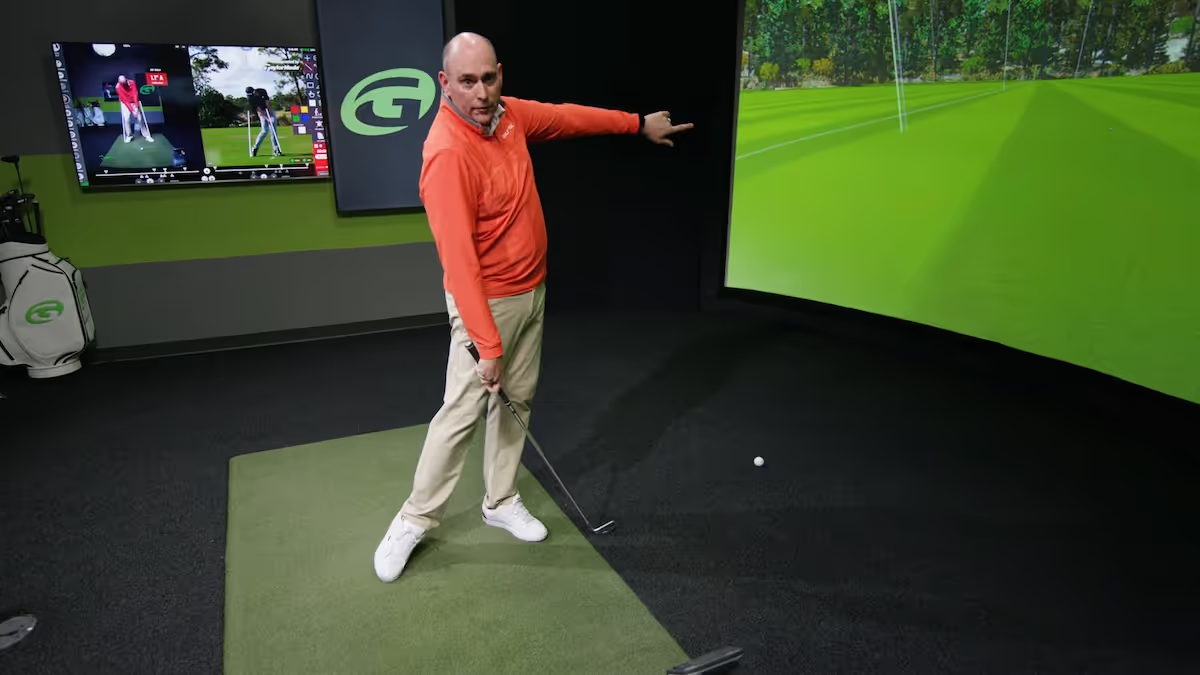The new PING iDi Driving Irons blend a compact, tour-inspired shape with the power and forgiveness of a utility club. This post highlights three key takeaways—including optimized lofts, metalwood-like construction, and added forgiveness—making the iDi ideal for golfers looking to replace their long iron or hybrid. Get fit at GOLFTEC to find the perfect setup for your game.
The banner is to inform visitors of an important message
.webp)



















































